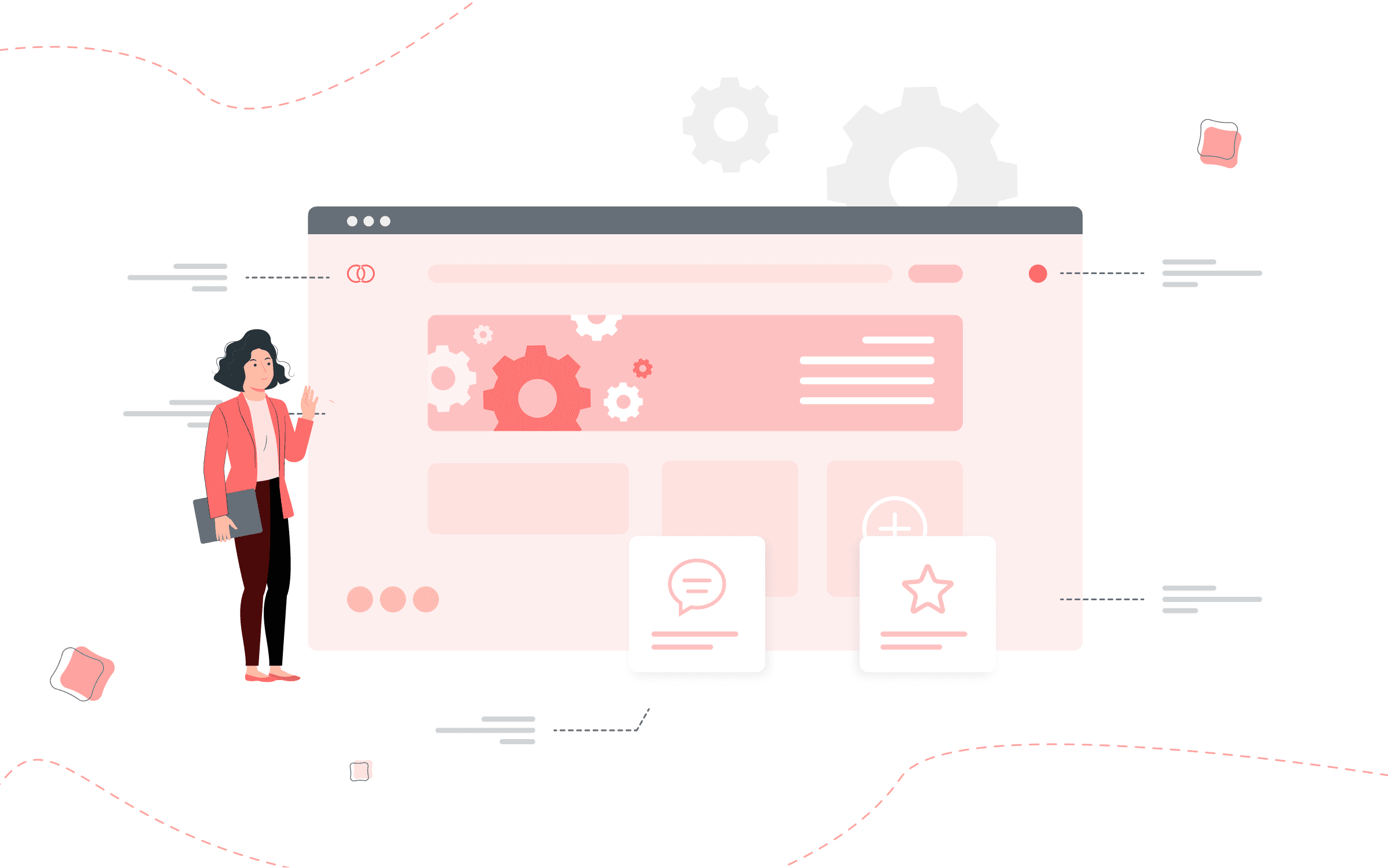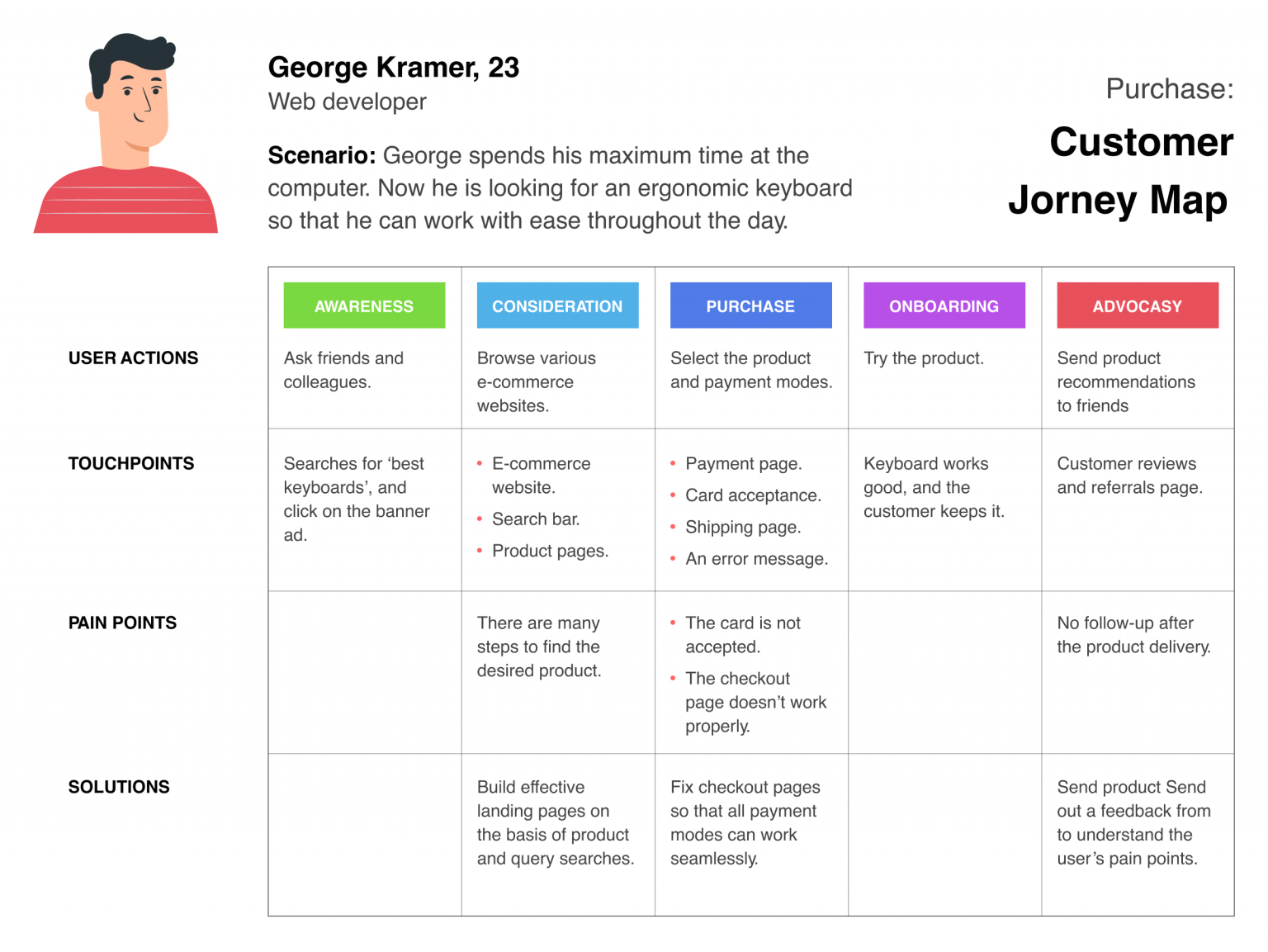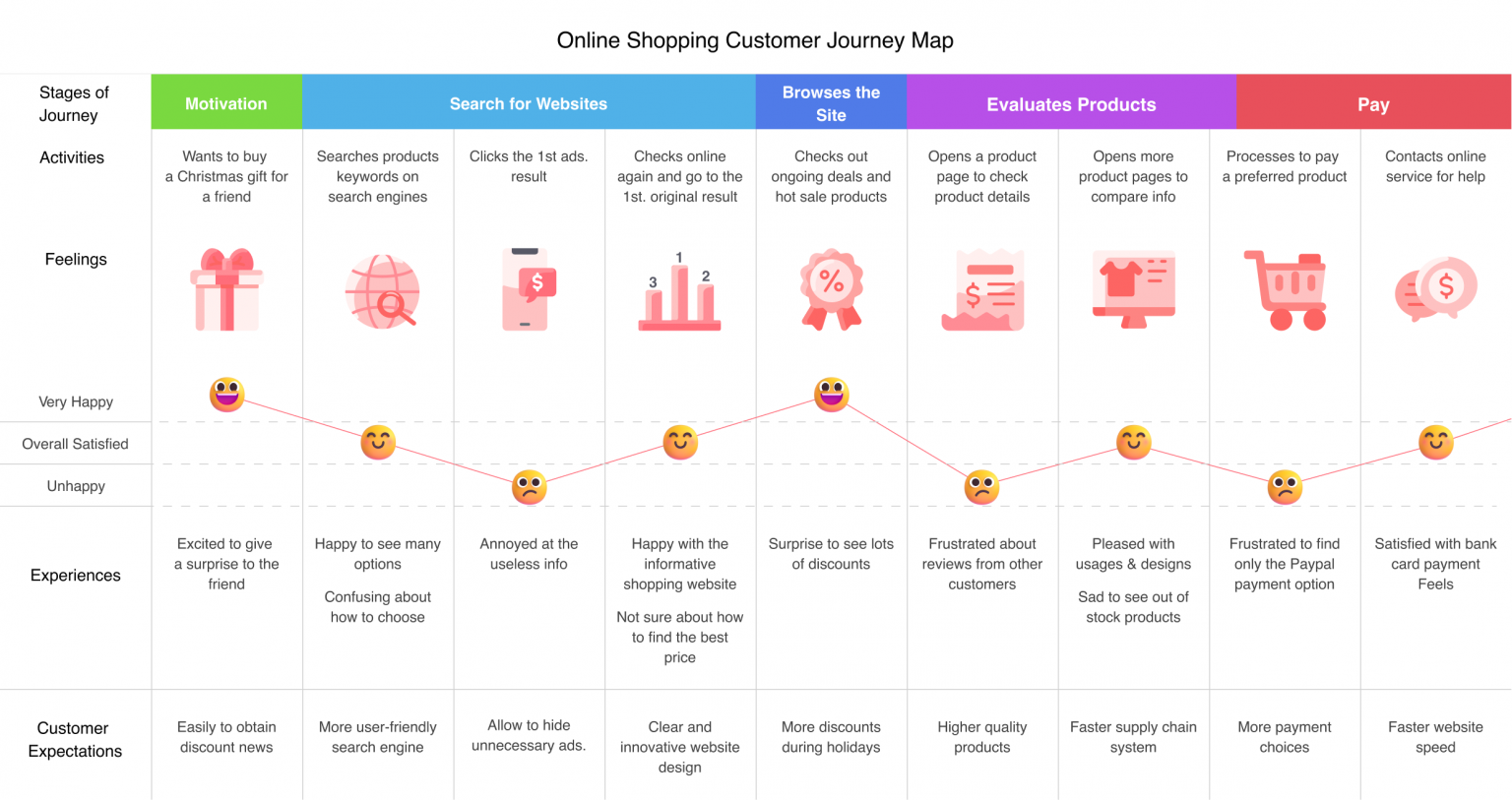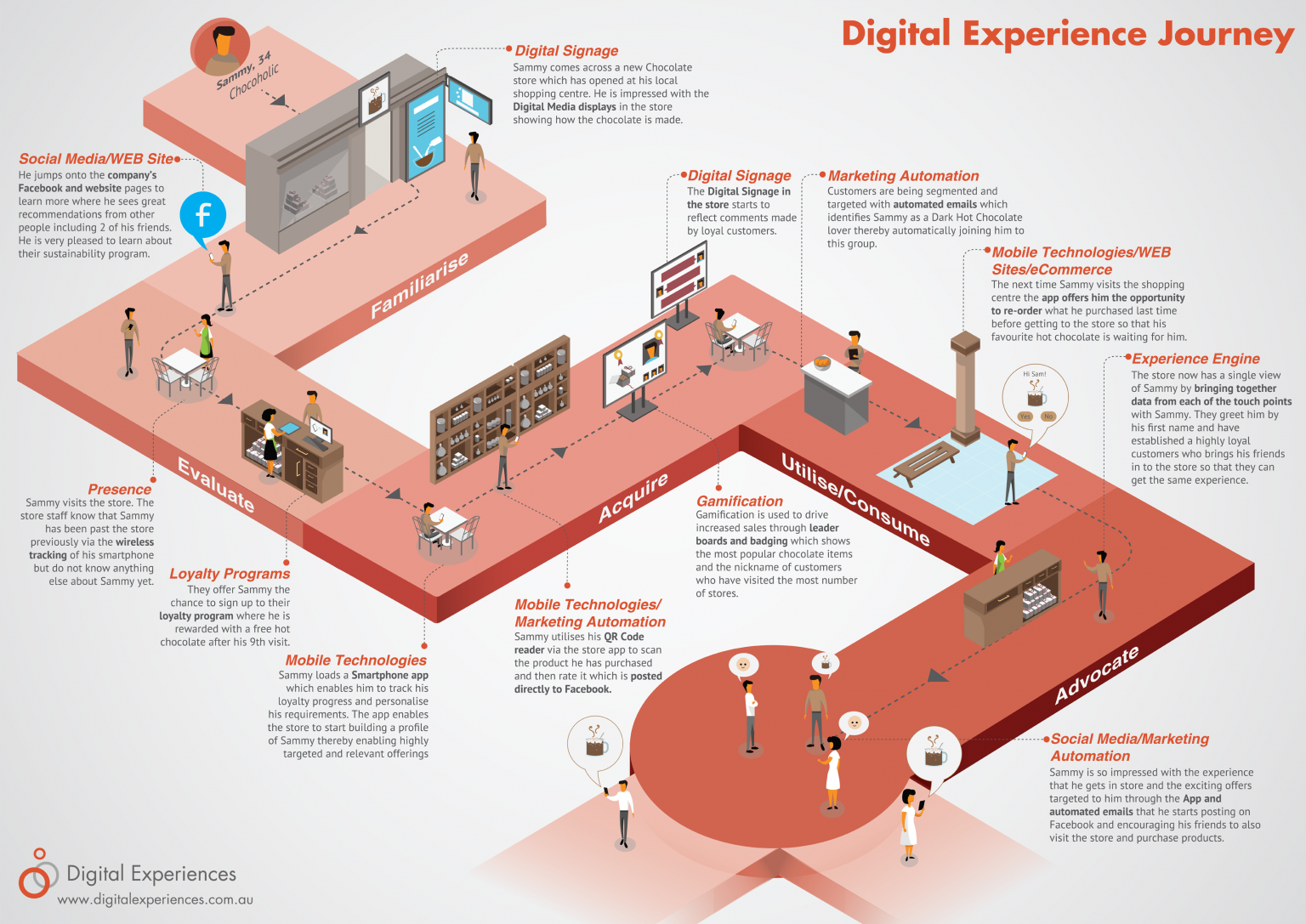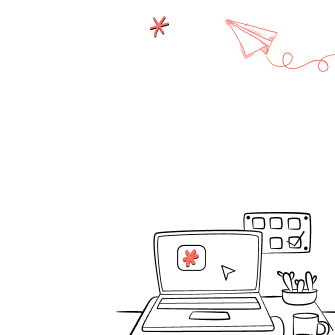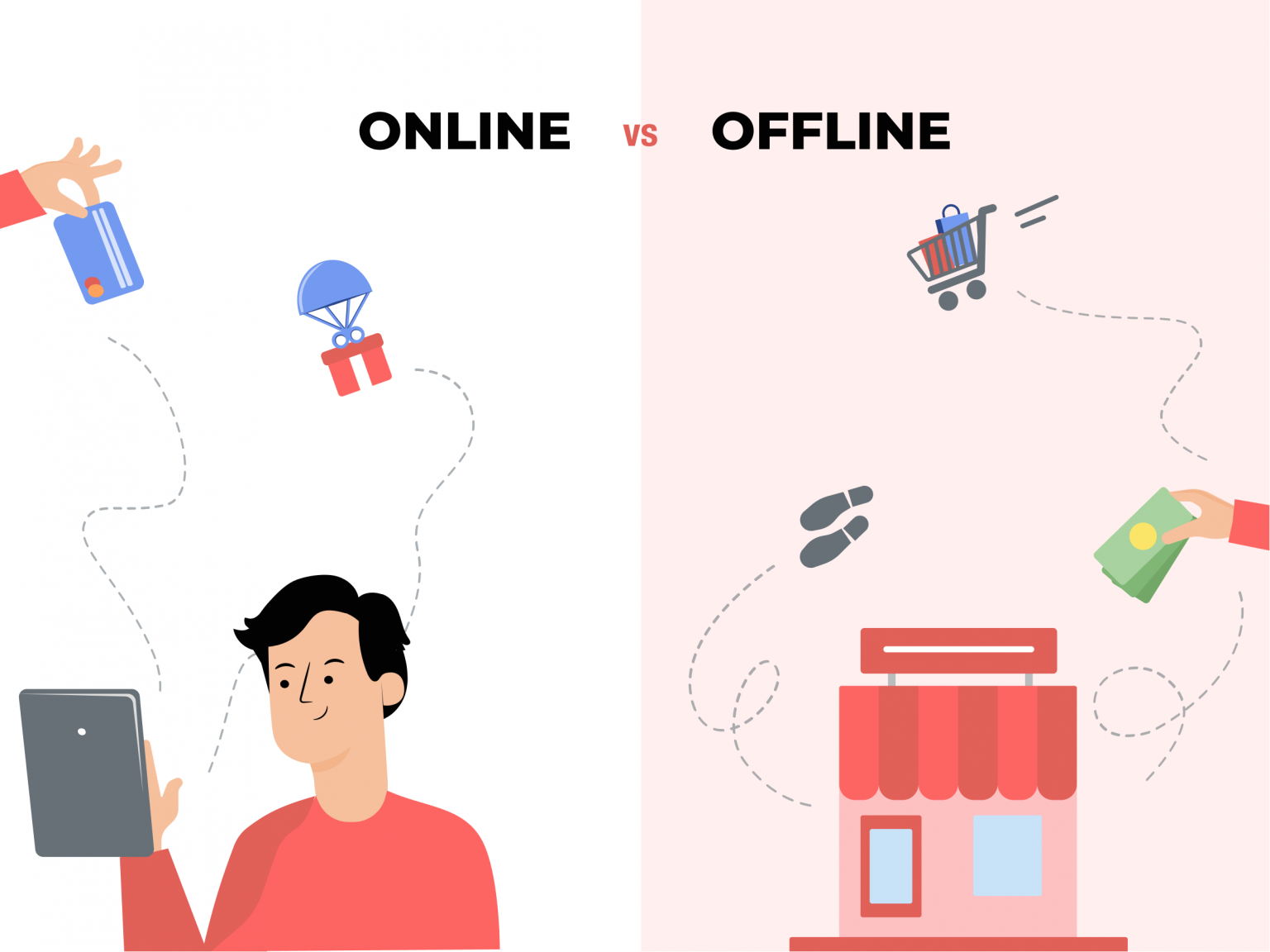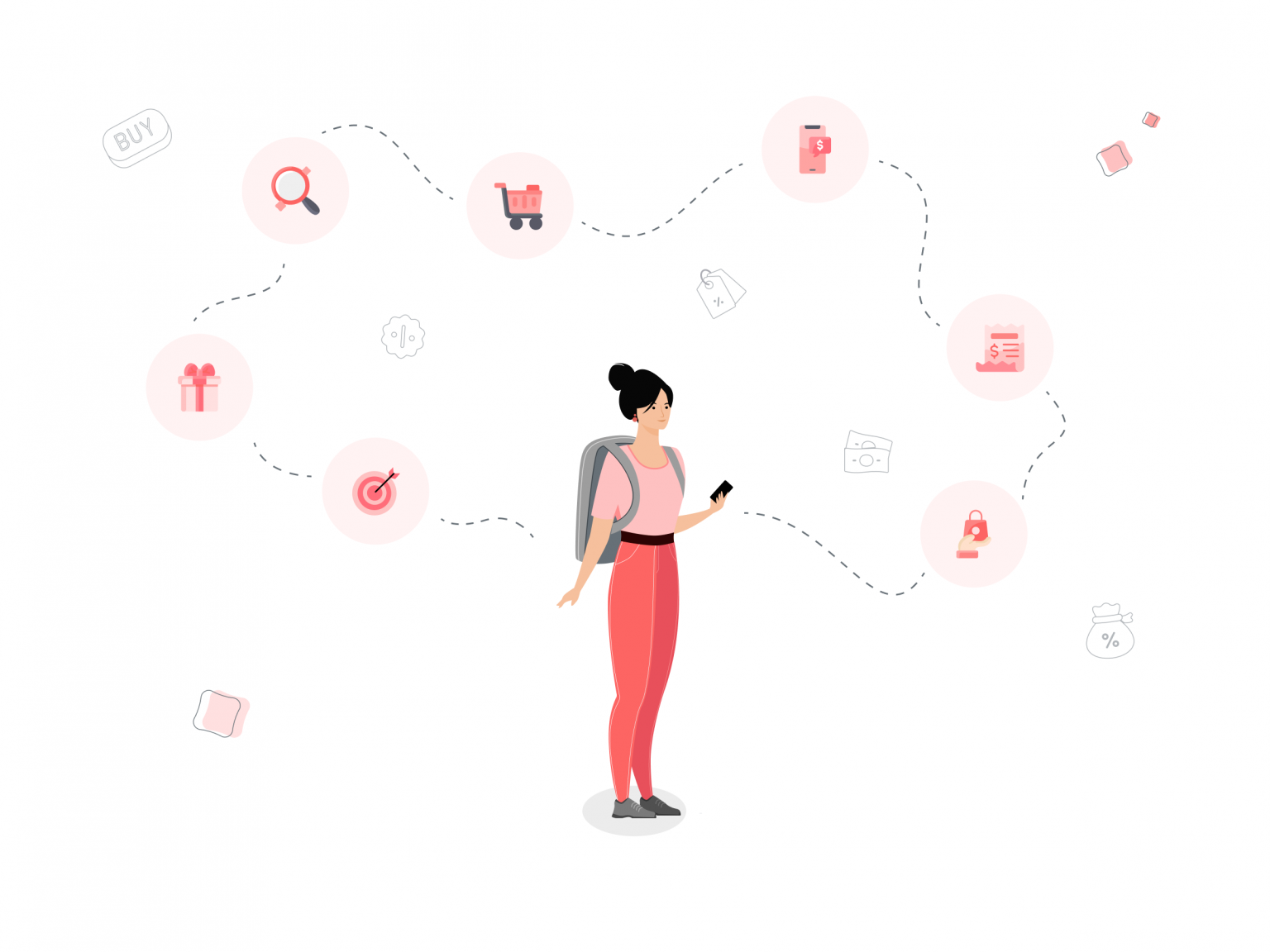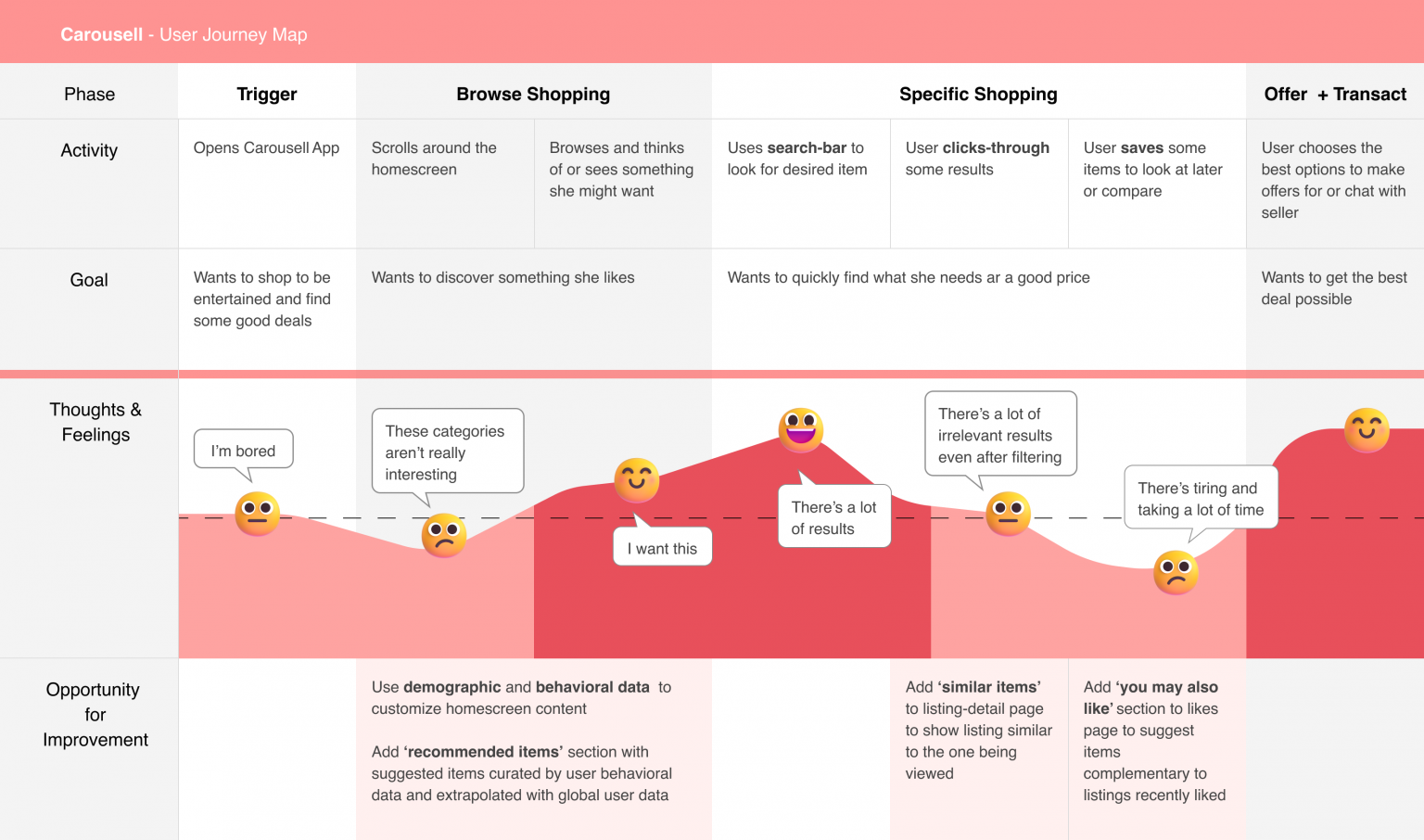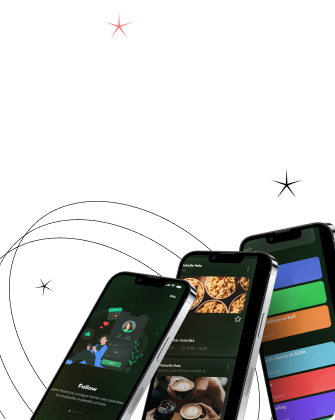Building long-term relationships with clients is not easy. To do this, you need to understand their expectations well and eliminate any problems that arise when interacting with the company. The customer journey map tool helps to solve these problems. How to create a customer journey map, read our article below. This is not to be missed!

